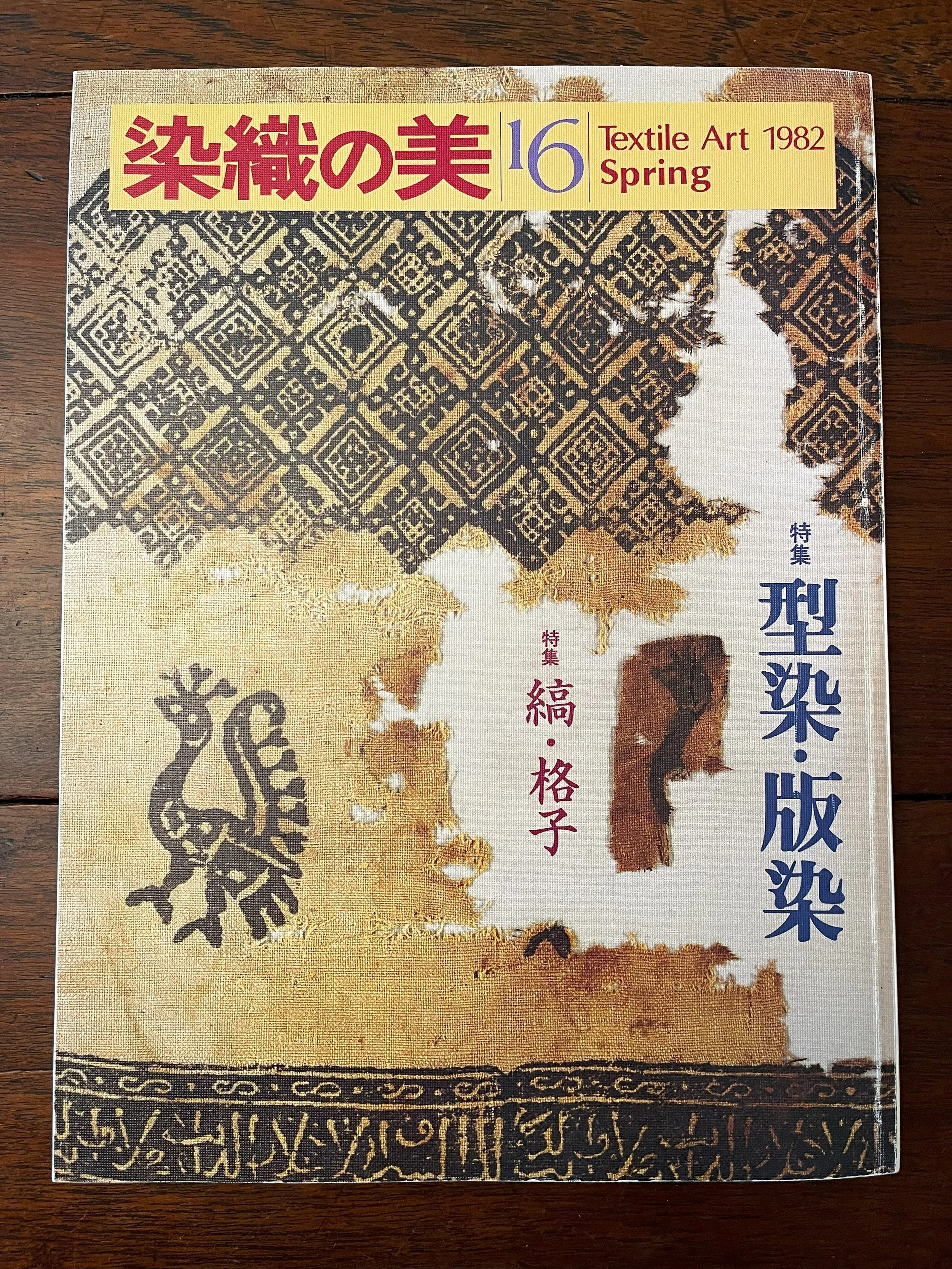A Palette Rooted in Place: Natural Dyeing and the Inspiration of Tamba-fu
Lately, I’ve been immersed in the quiet rhythm of dyeing wool, watching how natural colours unfold in unexpected ways. This latest collection of hand-dyed wool tops feels like a reflection of the summer landscape around me—subtle golds, dusky pinks, warm browns, and the softest smokey yellows, all drawn from eucalyptus and other plant materials gathered from near home. Each shade carries the imprint of time, the alchemy of dyeing, and the natural world’s quiet generosity.
What I love about natural dyeing is how it encourages a kind of surrender. The process doesn’t always give you exactly what you expect, but what it does give is rich with depth and story. The interplay between the white and grey wool bases means each batch takes on its own variation—some lighter, some deeper, some with an earthy glow that I couldn’t have predicted.
Echoes of Tamba-fu: A Connection to Handwoven Traditions
As I work through these colours, I’ve been thinking a lot about Tamba-fu, a handwoven cloth tradition from the Saji district of Tamba city, Hyogo prefecture in Japan. From the Edo period (1603-1868) to the Meiji period (1868-1912), farmers' wives wove these beautiful, durable textiles using natural fibers and dyes. The restrained, earthy colors and the deep connection to place in their work resonate with me profoundly.
While I’m working with wool rather than bast fibres, and eucalyptus rather than traditional Japanese plant dyes, there’s something familiar in the way these pieces come together. The process of making—gathering materials, coaxing out colour, spinning, and eventually weaving or knitting—feels like a continuation of that same spirit of craft.
A Kit for Slow Making
This collection of dyed tops is shaping into something more than just loose fiber—I’m envisioning a kit that allows for a journey of making, a staged project where one can experience the joy of dyeing, spinning, and working with naturally colored fibers. Perhaps a shawl, a lightweight blanket, or even a set of smaller woven or knitted pieces, each carrying its own colour story.
The way I see it, this isn’t just about creating a final object; it’s about embracing the entire process, from raw materials to finished piece, and learning to work with what nature offers rather than imposing expectations upon it. There’s something deeply satisfying about crafting with an awareness of the land, the plants, and the slow transformations that happen in dye pots and on the spinning wheel.
I’ll be sharing more soon—including some of the blues I’ve been working on, which, while not part of this particular kit, are becoming an ongoing exploration in my dye work. For now, I hope this collection speaks to those who love to work with their hands and appreciate the quiet beauty of slow-made things.
There’s something truly grounding about working with nature’s palette—accepting the colors as they come, rather than forcing them into something else. Each shade holds a story, from the plants used to the process of hand-spinning and eventually knitting or weaving them into something beautiful.
I’m considering putting together a natural dyeing & spinning kit so others can experience this magic first hand. Would you be interested? Let me know in the comments!
Reference: The Tamba-Fu image in the gallery at the top of this post is from a Japanese textiles journal that I often revisit to admire its beautiful photographs and illustrations. I've had a collection of these journals since 2001, when I lived in Japan. For years, I could only appreciate them visually, unable to read the Japanese text. But now, with Google Translate on my iPhone, a whole world of knowledge has opened up. The images I’ve studied for over 20 years, so familiar to me, now come with deeper context and meaning. This particular reference comes from Textile Art Spring 1982, p. 93.













